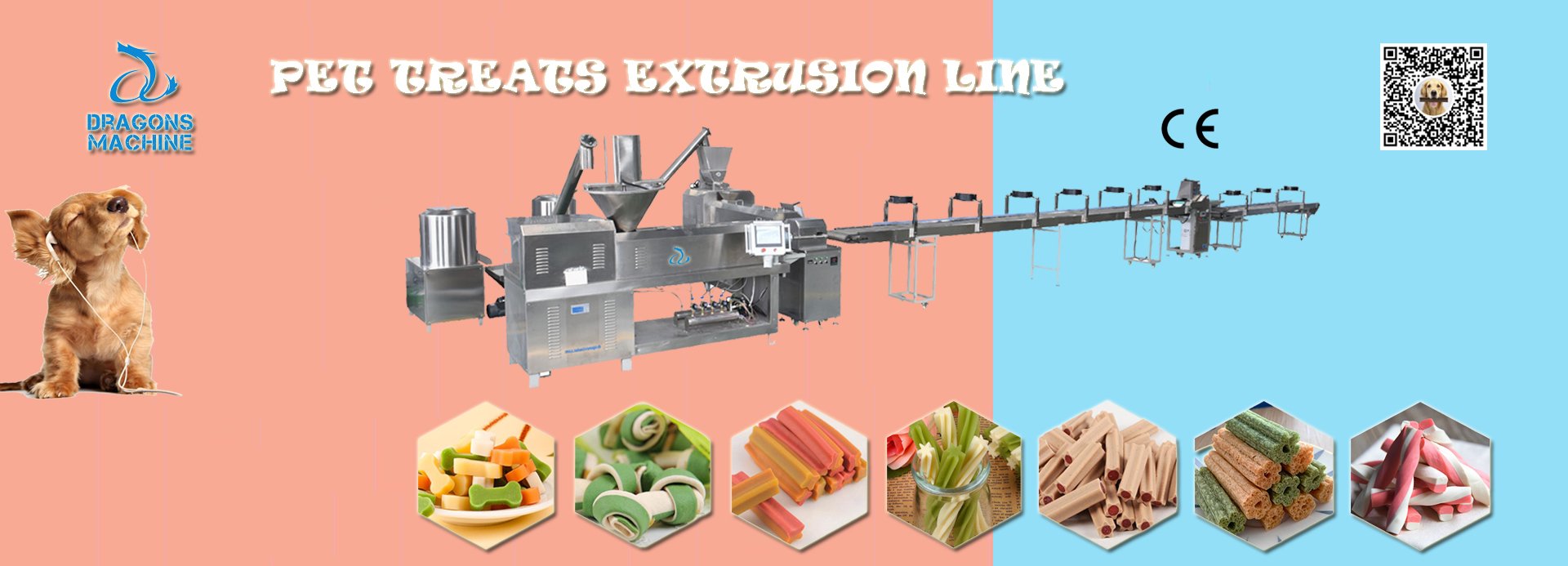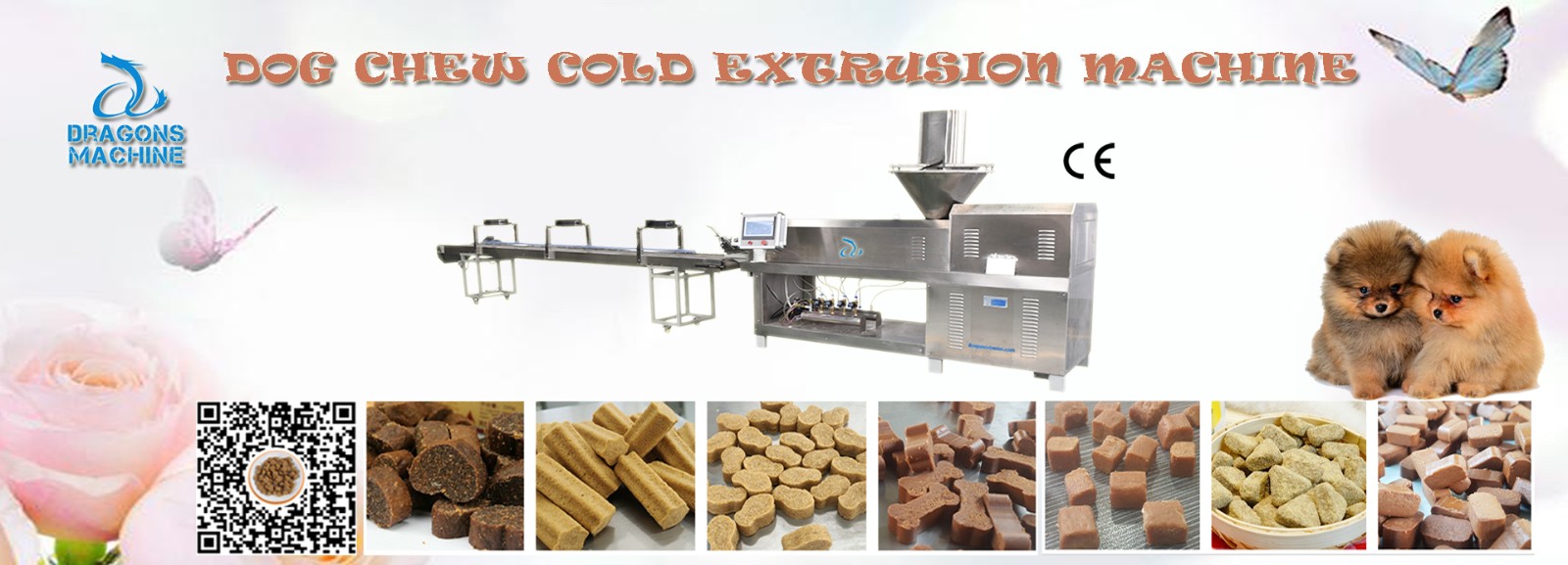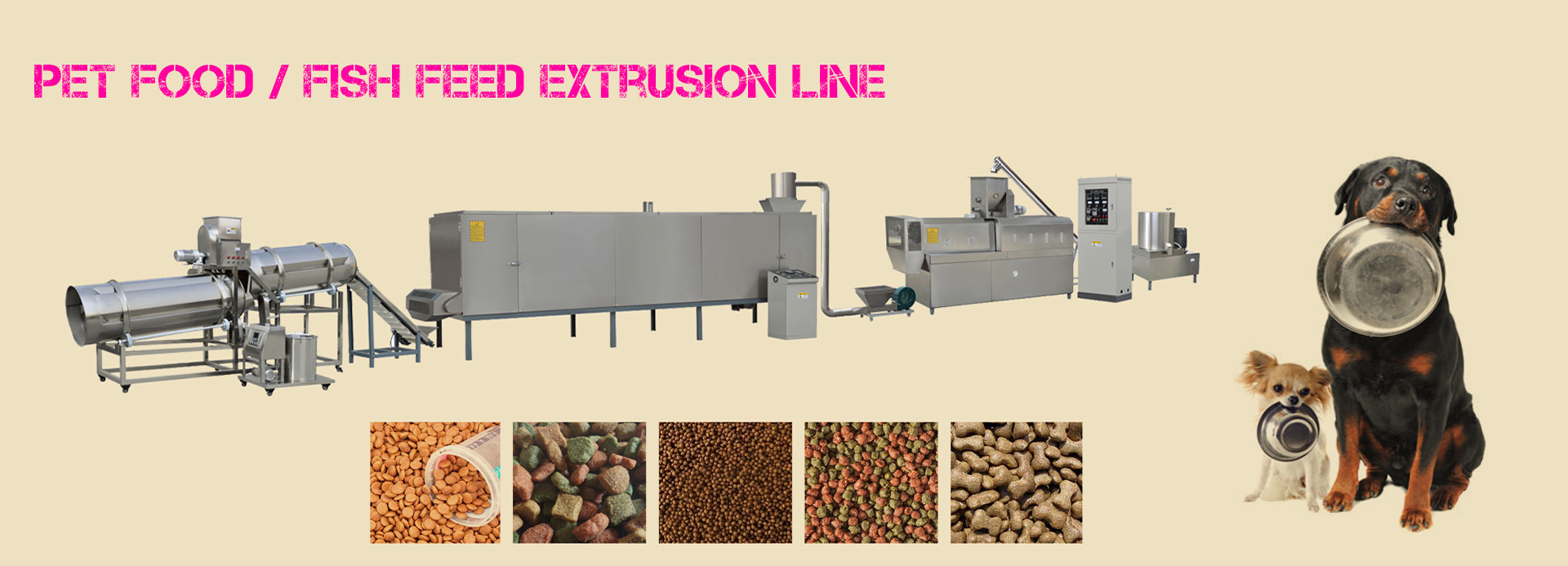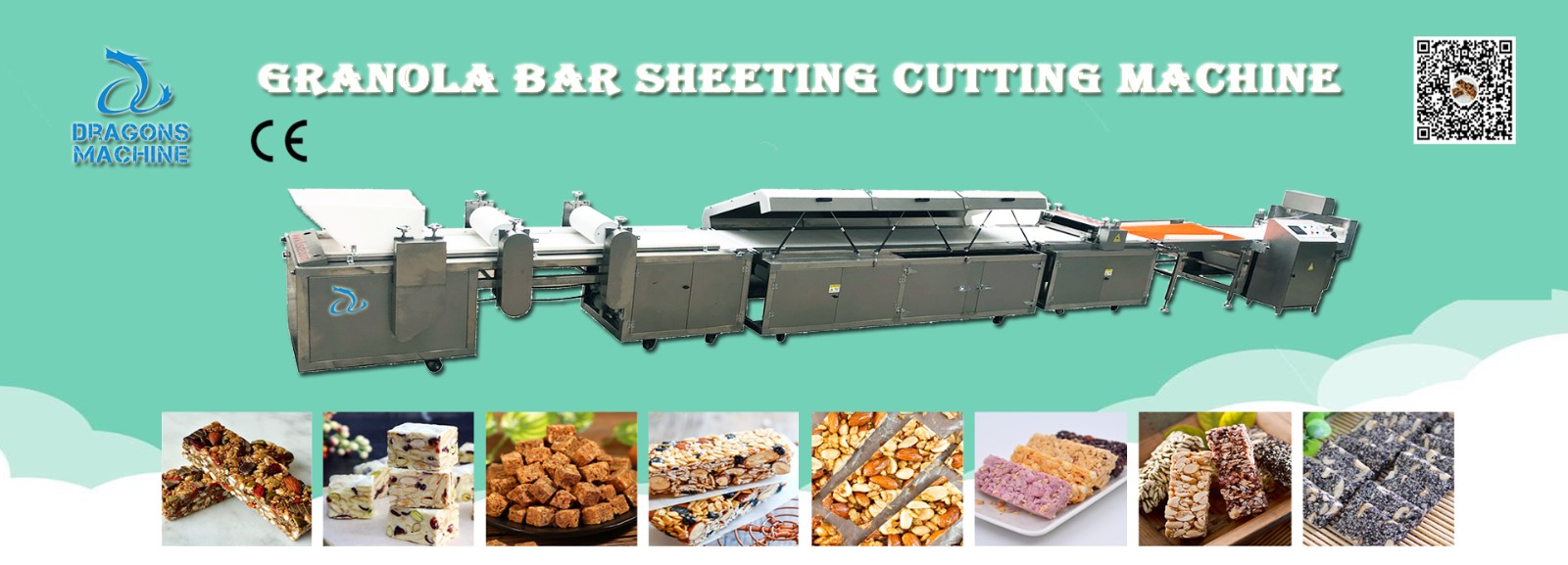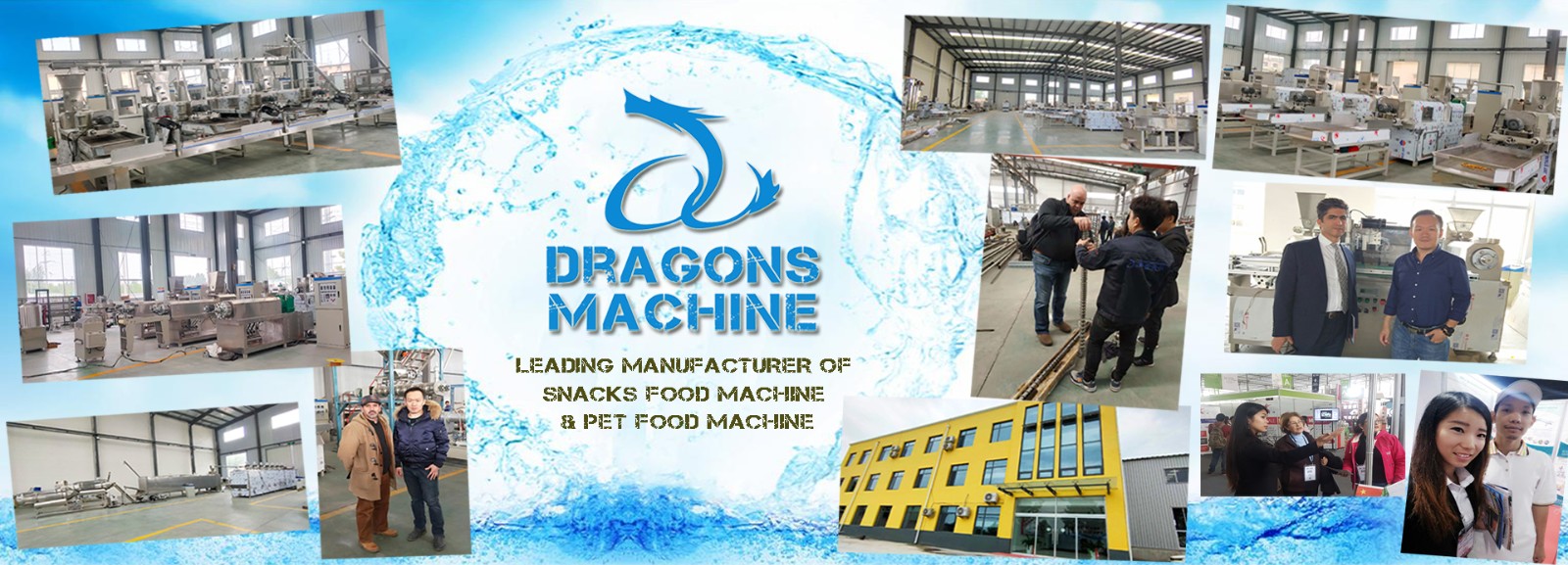Drying and cooling processes play a crucial role in pet food processing lines, contributing to the production of high-quality and safe pet food products. These processes help remove moisture, control product temperature, enhance product stability, and improve the overall quality of the final product. In this response, I will outline the advantages of drying and cooling processes in pet food processing lines.
1. Moisture Removal:
One of the primary advantages of the drying process is the removal of moisture from the pet food product. Excess moisture can lead to microbial growth, spoilage, and decreased shelf life. By reducing the moisture content, the drying process helps inhibit the growth of bacteria, molds, and other microorganisms, thereby increasing the product's safety and extending its shelf life. Additionally, low moisture levels contribute to improved product stability, reducing the risk of spoilage during storage and transportation.
2. Enhanced Nutritional Quality:
Drying pet food can improve its nutritional quality by preserving the essential nutrients present in the ingredients. The process removes moisture without significantly affecting the nutritional composition, allowing the final product to retain its nutritional value. This is particularly important for heat-sensitive nutrients such as vitamins, minerals, and amino acids. Proper drying techniques can help preserve these nutrients, ensuring that the pet food provides the necessary dietary requirements for pets.
3. Improved Texture and Palatability:
The drying process can influence the texture and palatability of pet food. It helps to create a desired texture, such as crispness or crunchiness, which can enhance the eating experience for pets. Proper drying conditions and techniques contribute to achieving the desired texture without compromising the nutritional integrity of the product. Additionally, the removal of excess moisture can enhance the flavor and aroma of the pet food, making it more appealing and palatable to pets.
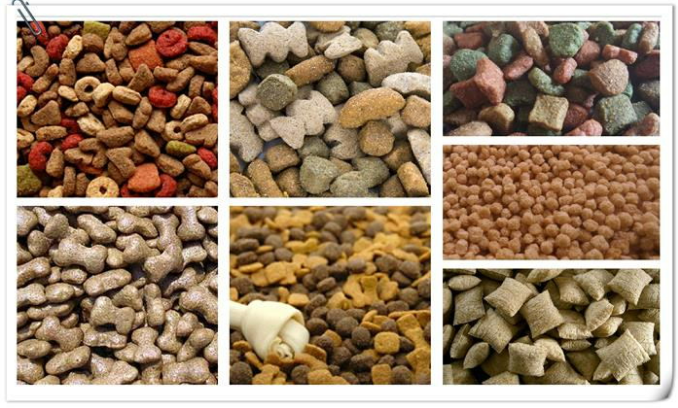
4. Control of Microbial Growth:
Drying plays a vital role in controlling microbial growth in pet food. Microorganisms require moisture to survive and proliferate, and by reducing the moisture content through drying, the growth of bacteria, yeast, and molds can be effectively controlled. This helps to prevent spoilage, improve product safety, and minimize the risk of foodborne illnesses associated with microbial contamination. Proper drying techniques, including temperature control and hygienic practices, further contribute to the microbial stability of the final product.
5. Extended Shelf Life:
The removal of moisture through drying significantly extends the shelf life of pet food products. Moisture content directly affects the product's susceptibility to spoilage and degradation. By reducing the moisture content, the drying process helps to inhibit enzymatic reactions, bacterial growth, and lipid oxidation, all of which contribute to product deterioration. With a lower moisture content, the pet food can be stored for a longer duration without compromising its quality, nutritional value, or safety.
6. Product Uniformity:
Drying processes contribute to achieving product uniformity in terms of moisture content, texture, and appearance. By subjecting the pet food to controlled drying conditions, variations in moisture levels within and between individual pieces of pet food can be minimized. This ensures consistent quality and performance of the product. Moreover, drying can help create a uniform texture, allowing for predictable and desirable eating experiences for pets.
7. Reduction of Storage and Transportation Costs:
Drying pet food products can lead to a reduction in storage and transportation costs. With lower moisture content, the pet food is lighter, occupies less space, and requires less packaging material. These factors contribute to cost savings in terms of storage space, packaging materials, and transportation logistics. Additionally, the extended shelf life resulting from drying allows for better inventory management, reducing the risk of product wastage and financial losses.
8. Process Efficiency:
Drying and cooling processes in pet food processing lines contribute to overall process efficiency. By efficiently removing moisture and controlling product temperature, these processes help optimize production throughput and reduce drying time. Efficient drying and cooling systems can enhance productivity, minimize energy consumption, and ensure consistent product quality. Automated controls and monitoring systems further enhance process efficiency by allowing precise control over drying parameters and reducing operator intervention.
In summary, the drying and cooling processes in pet food extrusion line offer numerous advantages, including moisture removal, enhanced nutritional quality, improved texture and palatability, control of microbial growth, extended shelf life, product uniformity, cost savings, and process efficiency. These advantages contribute to the production of high-quality and safe pet food products, meeting the nutritional needs and satisfaction of pets and their owners. Proper implementation of drying and cooling techniques, along with adherence to food safety and quality standards, is essential to maximize these benefits and ensure the overall success of pet food processing operations.
















